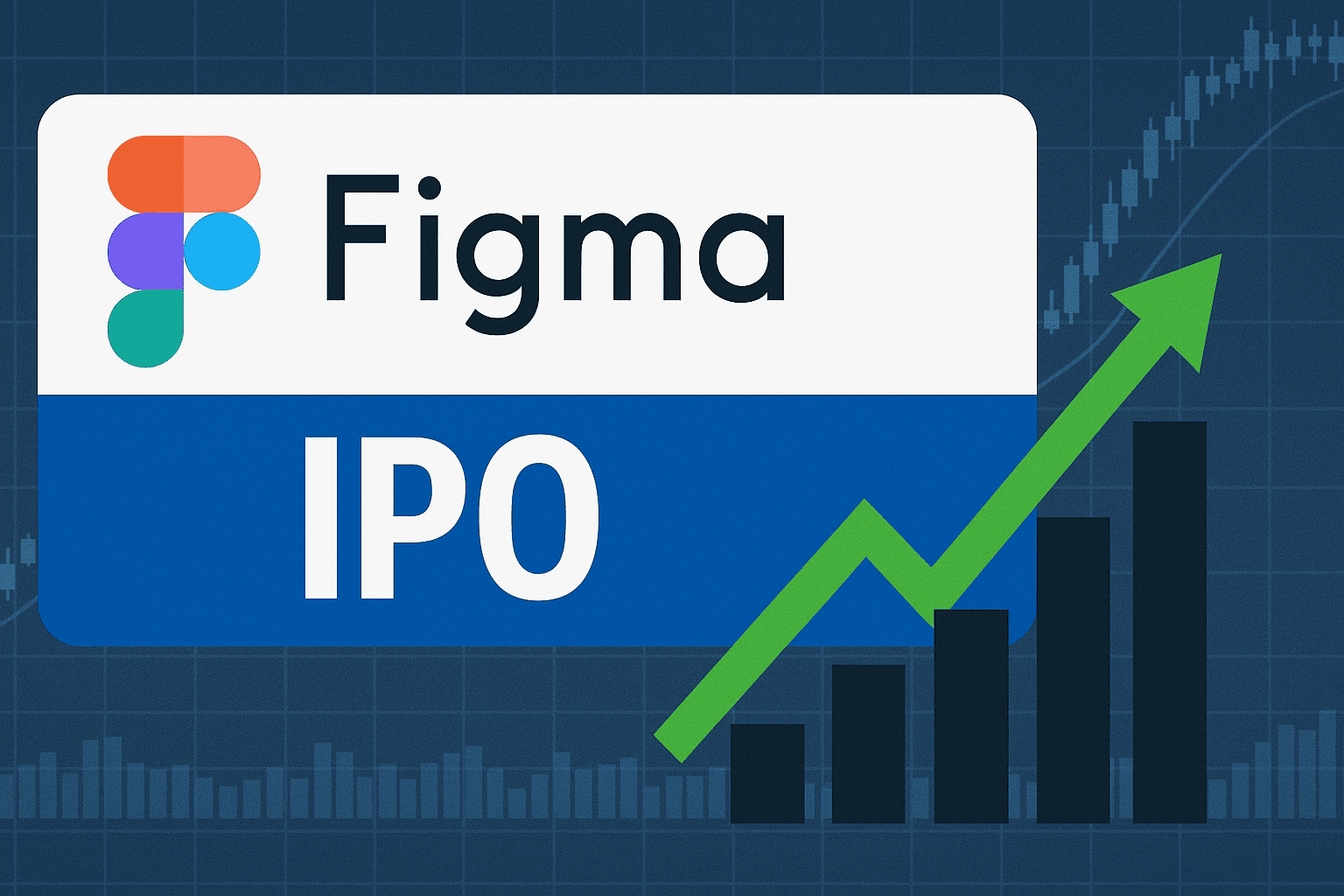Did you know the average small business has more than 500 terabytes of data these days? Data is easier to collect than ever. The easy availability of it has been creating new challenges like data lakes.
You might wonder what you even need that much data for. After all, your small business has been growing, even though you’re not making use of big data analytics.
If you’re asking questions like, “What can big data do for my business?” or “Why do big data analytics matter?”, then welcome to big data university. Class is in session, and we have the answers to all your big data questions.
What Is Data Analytics?
The term “big data” has been around so long, it’s outdated in some circles. Nonetheless, it still accurately describes the situation in many businesses today.
New technology has made data more available. It’s easier than ever to collect information about almost anything. Your marketing campaign performance, security, and customer demographics are all ripe for analysis.
The big question is what do you do with all that data?
That’s where data analytics come in. Analytics is a specialized form of business intelligence. It takes raw data and transforms it into knowledge.
An example illustrates the point. You can probably
access information about traffic to your website. You know how many visitors you’re getting, which sites are referring them, and even which blog posts they’re reading.
This is interesting, but it doesn’t mean anything to your business. So what if you had 50,000 visitors to your website this month? Data analytics can help you transform this “raw” information into actionable intelligence.
Analytics Gives You Audience Insight
Let’s continue examining the web traffic example. You know how many visitors you had in the past month. You also have information on where these visitors were referred from.
Using your analytic service, you can use this information to connect to sales data. Did your sales increase as your web traffic increased? Which referring sites were the most likely to convert visitors to a sale?
As you make connections, you discover that users referred from Facebook were the most likely to buy something. You can now connect this to your social media marketing efforts. Maybe the ad you were running on Facebook was more appealing than one on Twitter.
You can also begin to glean information about your audience. What are the differences between visitors from Facebook and Twitter? It may be age, gender, or location.
Power Business Decisions with Data-Driven Insights
Once you’ve finished crunching the numbers and finding patterns, you can use these insights to power your business decisions.
If your Facebook ads are outperforming Twitter by a mile, maybe you decide to focus on Facebook.
With new insights about your core audience on Twitter, you might adjust your strategy. You may try some A/B testing to determine what works.
These decisions are driven by data, which means you don’t have to rely on gut instinct or intuition. You have the numbers to show you what’s working and what’s not. You can adjust your strategy to play to your strengths and overcome weaknesses.
This is true outside of the sales and marketing department too. Think about statistics about how much downtime your network has or productivity in HR. Would adopting new tools or hiring more team members help?
The data you collect can help you determine which route is the right one to take for your business.
Growing by Delivering More of What Your Customers Want
Once you know your customers, it’s easier to determine what they want. Your big data analytics can tell you exactly what people are looking for and what they’re buying
That makes it easier for you to decide which ventures you should invest in for your business. If your customers love sales, then you might add more to your sales and marketing strategy.
You might also know that people want an easy shopping experience. You upgrade your website and provide a one-click checkout. Since you know many visitors are using mobile, you put more into testing the mobile experience.
You can use data to make almost any business decision. If most of your customers are on the Eastern Seaboard, should you open a new warehouse facility near them? Would adding a chatbot to your website improve the customer service experience.
You can even use data analytics to inform your product and service development. With the right data, you can develop products that meet your customers’ demands.
With big data analytics, you can do so much more than see how your business is performing. You can use these insights to grow in a direction that delivers more of what your customers want.
Get a Competitive Edge
Big data analytics can tell you about what your customers want. The right insights make it easier to cater to their demands.
Big data analytics can also give you an edge over your competitors. With a better understanding of your audience and their wants, you can capitalize on what you already do well. You can also fill gaps that your competitors have left open.
You can analyze what your competition does well and their weaknesses. Why do customers choose them over you? If you know this, you can work on filling these gaps.
You may also learn why your customers choose you over your competitors. You can then work on creating a brand identity that caters to your strengths.
Big Data University Has More Lessons
This big data university crash course should answer your questions about why data analytics is so important.
You haven’t graduated just yet, though. There’s plenty to learn about data analytics tools and data analytics courses.
We have plenty of information about the technologies you should be adopting for your business. Big data, AI, and so much more are ready to help your business grow.
Don’t forget to bookmark our site to never miss our latest posts!




